University of Würzburg physicists have modified silicon carbide crystals and found that they may have application in quantum computing.
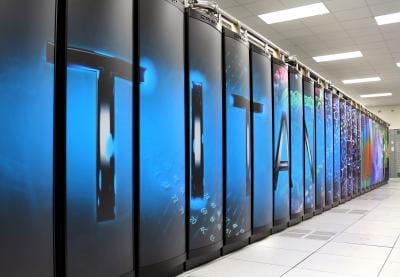
Ames Laboratory scientists granted time on world's fastest computer
Bruce Harmon, Kai-Ming Ho, and Cai-Zhuang Wang will identify promising compositions of new magnetic materials that do not contain rare earth elements.
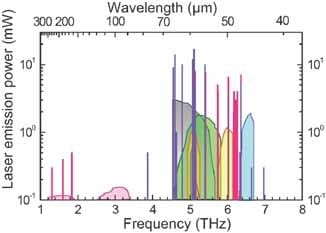
Silicon lasers for the terahertz spectral range
Stimulated emission between impurity levels in silicon is a promising source of terahertz laser radiation.
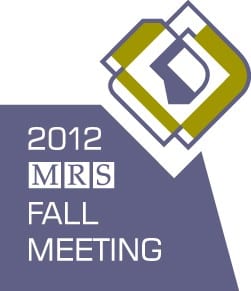
Where Materials Scientists Meet – the 2012 MRS Fall Meeting
The 2012 Fall Meeting of the Materials Research Society (MRS) took place in Boston, Massachusetts, USA, from November 25 to November 30.
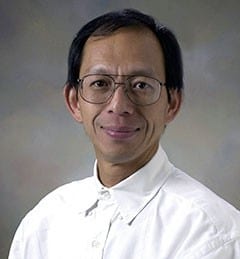
AAAS Honors Nano-Photonics Expert Shawn Yu-Lin
Nano-photonics expert Shawn Yu-Lin has been selected as a fellow of the American Association for the Advancement of Science.
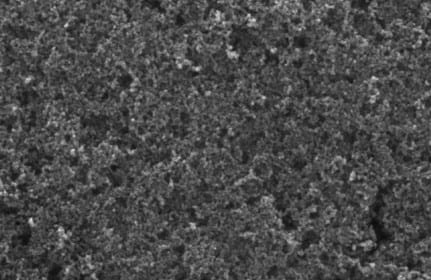
Most accessed papers in physica status solidi for September 2012
Most downloaded papers from the physica status, including as the ‘pss classic’ on amorphous germanium by Jan Tauc from 1966 and much more.
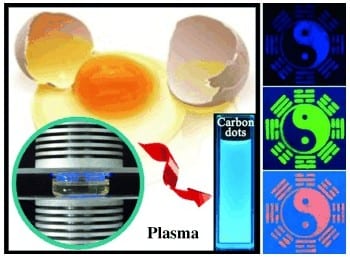
Luminescent Ink from Eggs: Fluorescent Dots for Biomaterials
Fluorescent carbon dots can be made by plasma pyrolysis and used as printer ink.
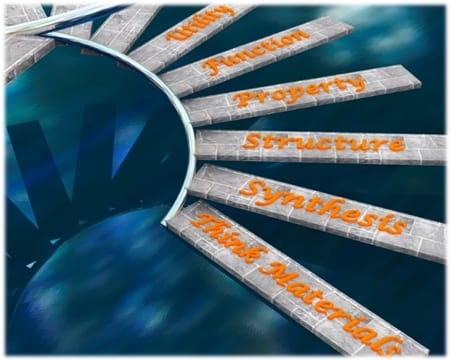
Nanochemistry Prescience?
Professor Ozin looks back at the predictions for the field of nanochemistry he made 20 years ago; where has nanotechnology gone since?
Advances in Computational Dynamics of Particles, Materials and Structures
Computational methods for the modeling and simulation of the dynamic response and behavior of particles, materials and structural systems have had a profound influence on science, engineering and technology. Complex science and engineering applications dealing...
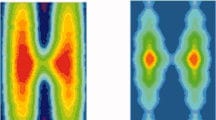
Combined STM and DFT studies of rutile surface chemistry
New work looks at recent progress in STM and DFT studies on the electronic structure of reduced rutile titanium dioxide.










